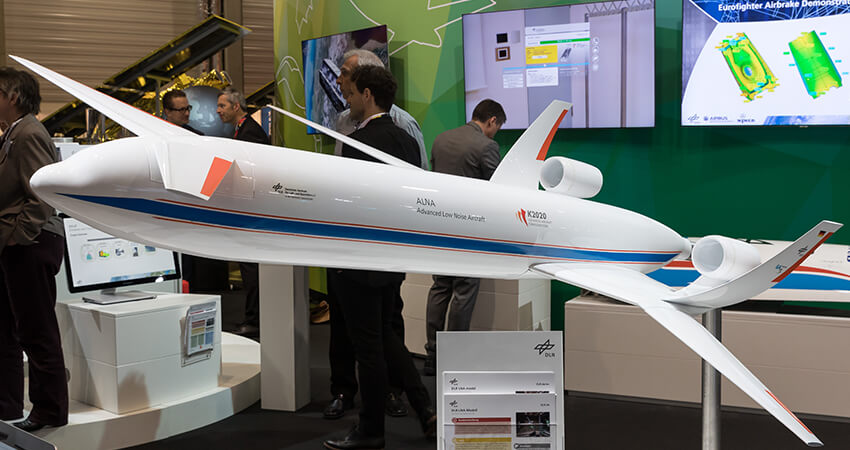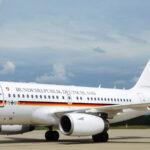In the cargo aviation industry, innovation is a driving force for progress. Among the many advancements being pursued, innovative wing designs are under study, which could revolutionize the sector.
These new wing designs would not only enhance operational efficiency but also have a positive impact on sustainability, aiming to reduce fuel consumption. Innovative wing designs are shaping a new future for cargo planes, one that will be more efficient and sustainable.
Wings: The Key to an Aircraft
Wings are one of the most critical components of any aircraft. Their design directly impacts efficiency, performance, and capacity. In fact, their role is not merely aesthetic; they are the foundation of the principle that keeps the aircraft airborne: lift.
In conjunction with the overall aircraft design, wings are one of the fundamental elements for flight and for maintaining the aircraft in the air. Hence, their role is crucial, and any changes made to them must consider many factors. However, this also makes wings the perfect candidates for substantial improvements.
Innovative Designs

One of the prototypes presented by Airbus is called the “blended wing“. These aircraft have wider fuselages and larger wings, but they possess a crucial feature: both parts are much more integrated than in conventional aircraft.
These types of wings allow for greater cargo capacity in terms of both volume and weight. Indeed, they increase the area of the aircraft dedicated to transporting goods. This is especially important for transporting large and bulky products, such as industrial machinery or oversized components.
Furthermore, this innovative wing design leads to greater fuel efficiency. According to studies, these models reduce aerodynamic resistance and enable higher cruise speeds, resulting in lower fuel consumption per ton transported.
Another possibility being studied is the reintegration of folding wings, a concept that has been tested for decades. What’s interesting about this innovative wing design is that it allows aircraft to adjust their wingspan as needed.
Folding wings provide aircraft with great versatility, as they can adapt to a variety of conditions and cargo requirements. Thus, by extending their wings, they can carry larger loads, and by retracting them, they can maneuver on shorter runways at airports.
Lighter and Stronger Materials
In addition to the designs themselves, the use of lighter and stronger materials in the construction of cargo aircraft can be a fundamental way to achieve efficiency and sustainability goals. The use of composite materials and advanced alloys can help reduce the weight of aircraft.
This would result in greater fuel efficiency since they could carry more cargo while exerting the same weight. Lighter aircraft require less fuel to operate, which reduces carbon emissions and operating costs.
In the same vein, cargo capacity would be expanded. The reduction in structural weight allows heavier cargo to fit within the same space, which is essential for cargo aviation.
Less Fuel, More Efficiency

Beyond futuristic designs and aerodynamic improvements, the top priority is reducing fuel usage. In this regard, all changes aim for the same goal: using less fuel per ton transported.
Research centers and companies around the world are working on this. One such case is the German Aerospace Center, which is exploring various projects involving innovative wing designs.
One key aspect of their projects is the use of fiberglass but also finding ways to compensate for and utilize, rather than avoid, a problem wings can encounter: flutter.
This, which must have a clear limit in conventional wings, can be harnessed here. In some experiments, they managed to reduce fuel consumption by 7% or even transport 20% more cargo.
The other experiment is the use of aeroelastic wings. These are structures that can even twist due to a complex construction with layers that provide greater flexibility. This helps reduce weight and improve efficiency.










